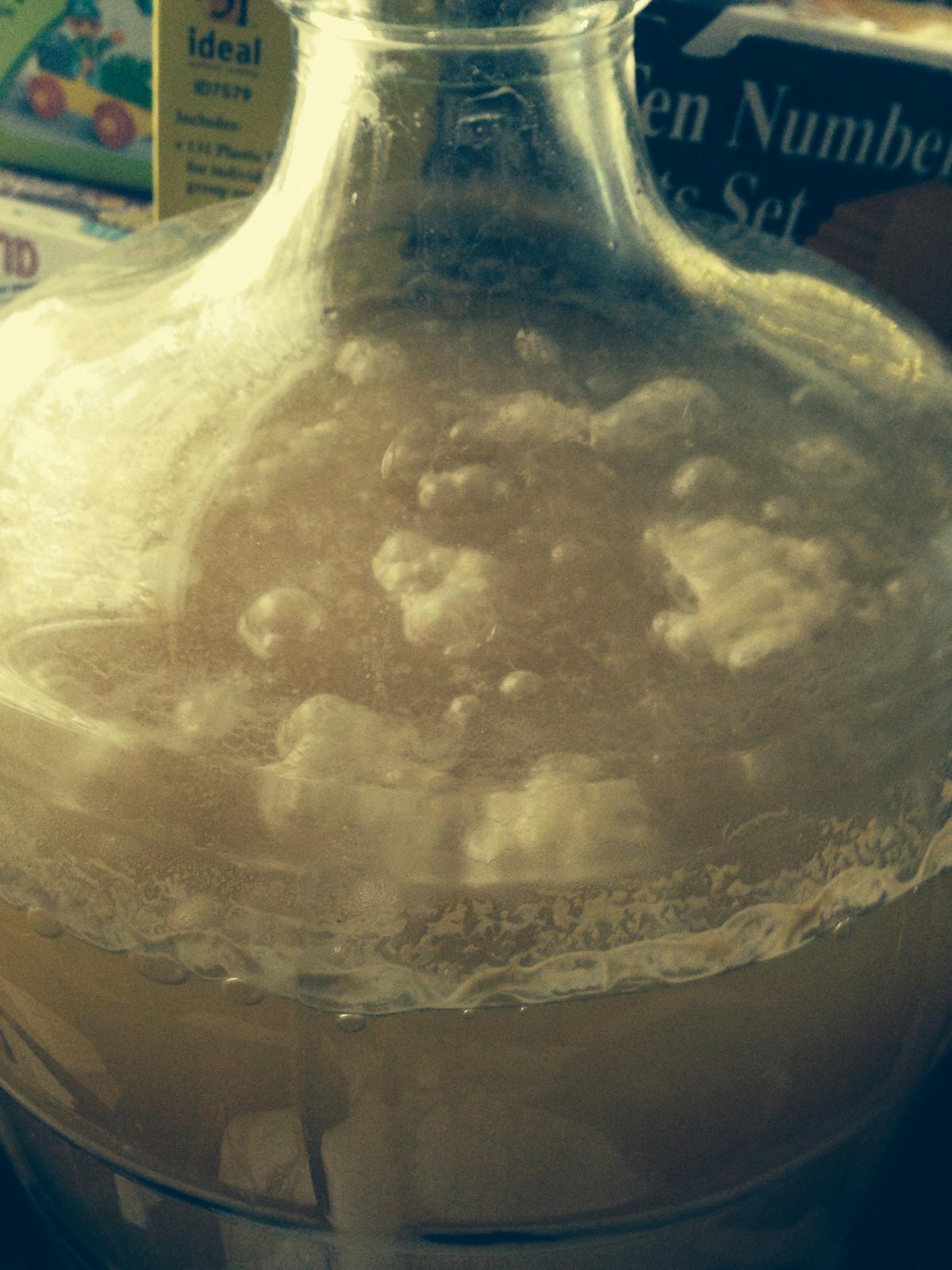MrMikeGriffith
New Member
- Joined
- Jul 20, 2014
- Messages
- 4
- Reaction score
- 0
This is a straight mead at about one month. Ferment looked fine, used WLP720













![Craft A Brew - Safale S-04 Dry Yeast - Fermentis - English Ale Dry Yeast - For English and American Ales and Hard Apple Ciders - Ingredients for Home Brewing - Beer Making Supplies - [1 Pack]](https://m.media-amazon.com/images/I/41fVGNh6JfL._SL500_.jpg)

i'm not sure, either, but i have seen some data that show honey (often, not always) has bacteria and even wild yeast (i think) but that it can't grow at all or contaminate the honey.I am not sure I agree that there are any significant bacteria in honey. At the concentration of sugar to water not much can survive still less thrive which is why you don't really need to worry about shelf life of honey. It does not "spoil" . If your honey spoils then there is something else going on. But that said, once you dilute it enough to ferment then you have diluted it enough to accommodate all kinds of organisms.
i agree. above i was just sharing my experienceRight, but when you inoculate the must you are adding millions and millions of cells of yeast of one variety that will very quickly dominate the environment and indeed alter that environment (the pH) for example to favor it and to disfavor all other fungi and bacteria. These yeasts quickly start producing alcohol which still more disfavors volunteer bacteria. Since you are not waiting for chance yeasts to come along and start colonizing the must I really don't think that the presence of any few cells that had been in suspended animation or comatose in the honey are a worry or require any special intervention
Roger-roger. It's only a 3 gallon carboy. At this point there's little cost in taking a wait and see approach in dollars or space.
Wait and see what else grows in there or learn to stop it and keep it from happening again? Does it smell bad yet? KM WILL stop an ongoing infection but NOT destroy the metabolites like vinegar produced by an infection. Of course honey has bugs in it, they are kept in check by the lower than 18% water content, but as soon as that goes up there are yeast in honey that can ferment it, of course there are bacteria in there, they are everywhere. Who says bees cant walk around on a fresh turd or take a drink of piddle and go right back to the hiveWVMJ